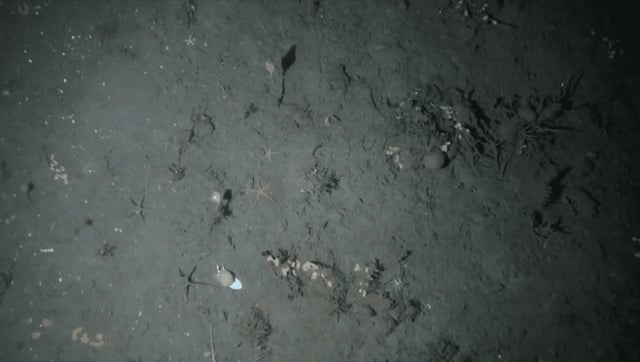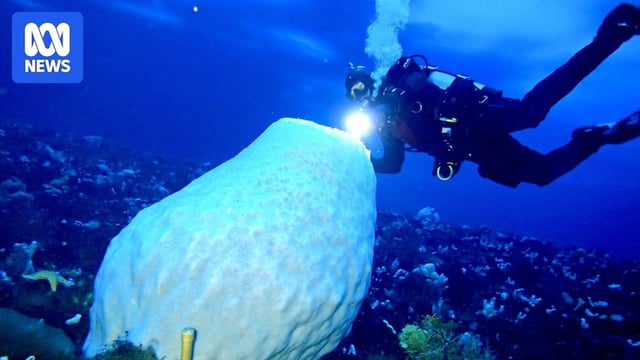Overview
- The study published June 9 in Frontiers in Conservation Science presents the first underwater footage of anchor chains gouging the seabed and leaving crushed sponge colonies in Antarctic waters.
- Researchers surveyed 36 sites around the Antarctic Peninsula and South Georgia Island during the 2022–23 season and documented striations, grooves and displaced sediment where anchors had been dropped.
- Slow-growing endemic species such as giant volcano sponges, Antarctic sun stars and giant Antarctic octopus face damage that could persist for over a decade due to their limited recovery rates.
- At least 195 vessels dropped anchor in depths up to 82.5 meters last season and annual tourist numbers are projected to quadruple to 452,000 by 2033–34, raising the stakes for seabed conservation.
- Experts and operators are weighing tools like dynamic positioning systems and designated anchoring zones under the Antarctic Treaty System, but current protections depend on voluntary compliance.



